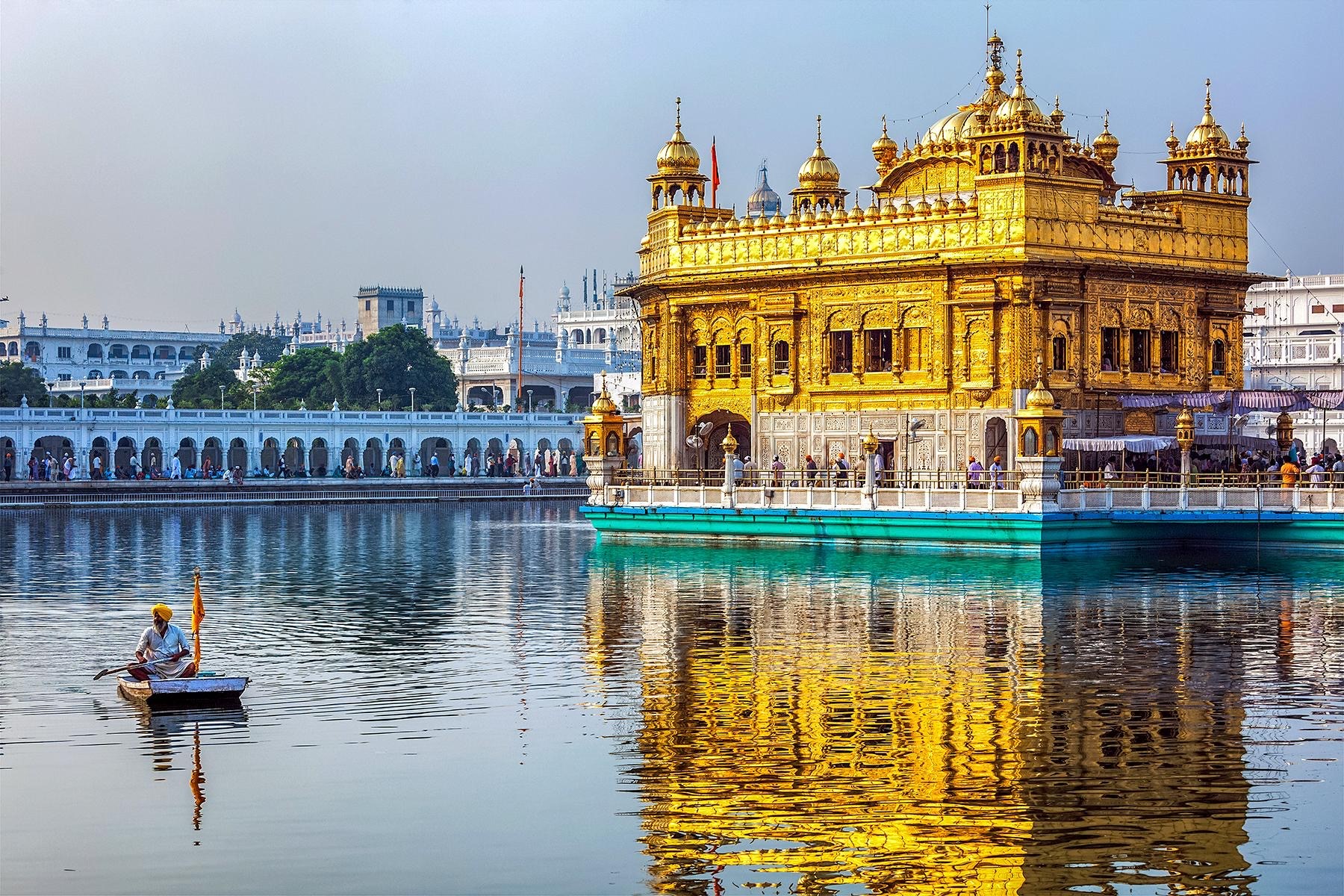India has always been an attractive destination for the millions of people around the world. The country with its rich and interesting history and vibrant cultures and traditions is worth exploring. The unique and diverse geographical features like deserts, evergreen forests, snowy Himalayan range, long coastlines and fertile plains add beauty to this ancient country making India an epitome of diversity and history.
Demography
India has been declared as the second most populated country in the world after China. According to the latest estimates of the United Nation India’s population as in July 2017 is 1,343 billion which is equivalent to 17.86% of the total world population. Uttar Pradesh is the most densely populated state in the country, followed by Maharashtra, Bihar and Bengal. Analysing the current growth rate of India’s population, it is expected that by 2030 India will become the most populated country, surpassing China.
Languages
India is a home to several languages. The constitution of India designates Hindi as the national language and the majority of the population are Hindi speakers. There are other regional languages that are state specific. The constitution of India recognises 22 languages. English is considered to be the administrative language, so it’s likely that you will come across English-speaking people in most of the major cities, but it is rarely heard in rural regions.
Currency
The Indian rupee (INR) is the official currency of India. The rupee is subdivided into 100 paise, though as of 2019, coins of denomination of 1 rupee is the lowest value in use.
Economy
The economy of India has been one of the fastest growing economies in the world. As of 2017, it is the sixth largest economy in the world measured by nominal GDP with US$2.628 trillion. Maharashtra is the most flourishing state of the country with an annual GDP of US$330 billion, which is nearly equivalent to countries like Venezuela and the UAE.
India also topped the World Bank’s growth outlook during the year 2016-2017. While India’s service sector is one of the fastest growing sectors in the world, other sectors such as industry, agriculture, information and communication technology, agri-food, pharmaceuticals, manufacturing, etc. also form an integral part of India’s developing economy.
Climate
India has large climatic variations between regions. The Himalayas and Thar desert influence the country’s climate, which is generally categorised into four seasons: summer, winter, monsoon and autumn. Winter lasts for only one month, that is from January to February, while summer lasts from March to May. Monsoon, the rainy season, starts around June and ends in September. Finally, autumn comes in October and lasts till December.
The average temperature varies between 22.5 °C and 27.5 °C almost everywhere. However, some regions are hotter than others. The southern part of the nation experiences a warmer climate throughout the year than the rest of the country.
Expatriation
Living in India can offer expats a taste of life in an exotic and diverse place. It is a bright and vibrant country with an eclectic mix of different cultures and people.
The majority of cities in India offer expatriates a very good standard of living for a relatively low cost and the majority of expats live quite affluent lifestyles. The cost of most things, including entertainment, education, housing and food is lower than that in western countries, even within the developed cities such as Mumbai and New Delhi.
India is also a great base if you are looking to travel during the school holidays, with excellent connecting flights to the Middle East, Africa and the Far East, as well as India being an exciting country to explore, with historic sights, night life, great landscapes and beach resorts to keep you entertained.



